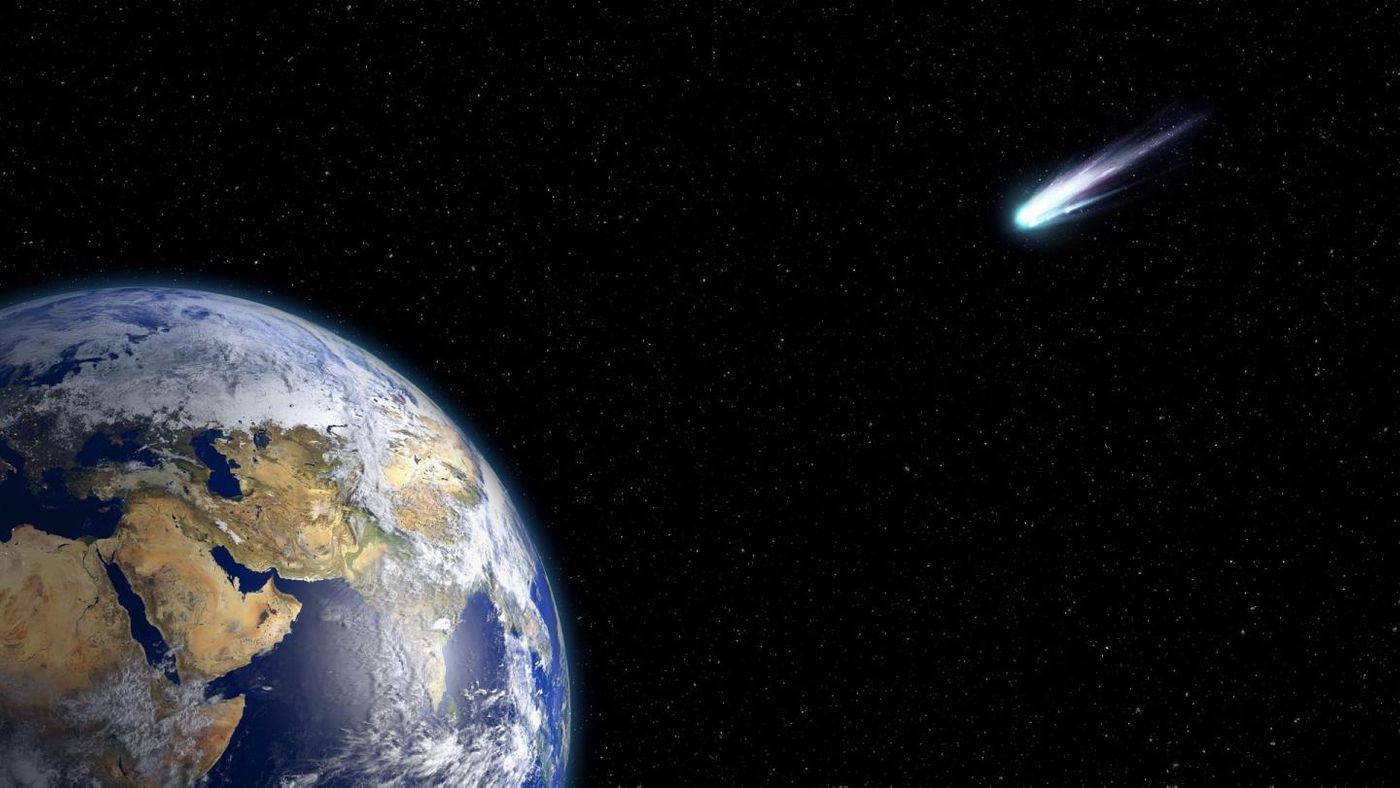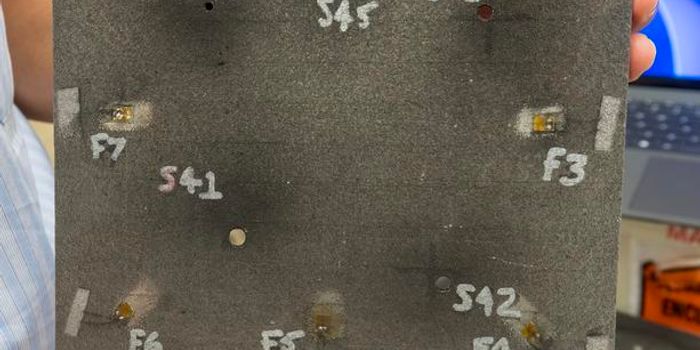Where Did the Comet (or Asteroid) That Killed the Dinosaurs Originate?
The Chicxulub impactor is thought to have crashed into Earth around 66 million years ago near the Mexican coast. The crater produced by the impact is 93 miles across and 12 miles deep, and the cataclysm it unleashed caused the K/T mass extinction event. That brought a sudden end to the dinosaurs and almost three-quarters of all plant and animal life on the planet. Scientists have long wondered where the asteroid or comet that changed the course of biology came from and how it ended up hitting Earth; it's been thought that main-belt asteroids and long-period comets could not have explained it. But researchers at the Center for Astrophysics | Harvard & Smithsonian now suggest they have found the answers.
Publishing in Scientific Reports, the authors used statistical tools and gravitational simulations to develop their theory. They determined that the trajectory of a significant portion of long-period comets that originate from an icy patch of debris at the solar system's edge known as the Oort cloud can be moved off-course by Jupiter's gravitational field.
"The solar system acts as a kind of pinball machine," explained study author and Harvard University astrophysics undergraduate student Amir Siraj. "Jupiter, the most massive planet, kicks incoming long-period comets into orbits that bring them very close to the sun."
The comets that end up moving closely by the sun, known as sungrazers, can be subjected to forces that tear them apart, generating cometary shrapnel.
"In a sungrazing event, the portion of the comet closer to the sun feels a stronger gravitational pull than the part that is further, resulting in a tidal force across the object," said Siraj. "You can get what's called a tidal disruption event, in which a large comet breaks up into many smaller pieces. And crucially, on the journey back to the Oort cloud, there's an enhanced probability that one of these fragments hit the Earth."
"Our paper provides a basis for explaining the occurrence of this event," said study co-author and Harvard astronomer Avi Loeb. "We are suggesting that, in fact, if you break up an object as it comes close to the sun, it could give rise to the appropriate event rate and also the kind of impact that killed the dinosaurs."
Evidence recovered from the Chicxulub crater has suggested that the rock was composed of carbonaceous chondrite. Other craters, such as the Vredefort crater in South Africa, and the Zhamanshin crater in Kazakhstan have a similar composition. The timing of these events aligns with the calculations from this study based on the expected rate of tidally disrupted comets the size of Chicxulub.
This work can help us understand the history of our planet, and may help us if we're confronted with such an event ourselves.
"It must have been an amazing sight, but we don't want to see that again," said Loeb.
Sources: AAAS/Eurekalert! via Harvard-Smithsonian Center for Astrophysics, Scientific Reports









